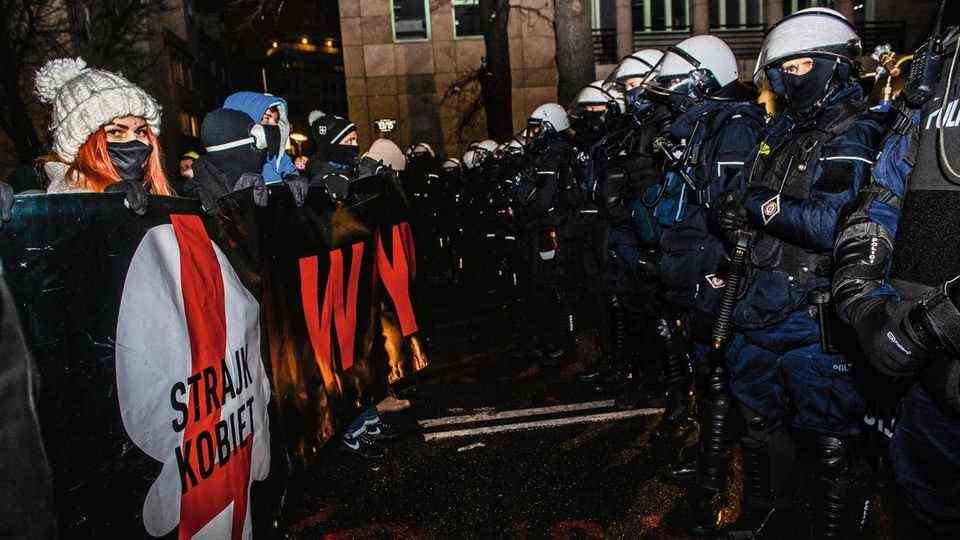public safety
London is more closely monitored than Beijing: city ranking by number of cameras
The surveillance of public spaces is playing a role for more and more large cities worldwide – for prevention as well as for criminal prosecution.
Facial recognition software in public spaces remains banned in Europe by a decision of the EU Parliament. Data protection activists around the world welcome this step, but constant public monitoring is already a reality, as the Statista graphic shows.
The European Parliament has voted against the use of facial recognition software in public spaces. This means that the topic that has worried data protectionists around the world is off the table for the time being. The MPs are also calling for a ban on private facial recognition databases such as those used by the controversial US company Clearview AI. Parliament also supports a ban on AI-based social scoring systems, which assess the trustworthiness of citizens on the basis of their behavior. These are already used in China, for example.
The surveillance of public places is increasing worldwide
Although Parliament’s decision is a big step towards data protection and the preservation of the privacy of citizens: inside Europe, constant surveillance in public spaces continues to increase. As the Statista graphic shows, according to Comparitech, only two cities worldwide have more extensive video surveillance than London, Taiyuan and Wuxi, both located in China. And for the sake of completeness, it must be said here that the People’s Republic appears 18 times in the top 20 of the most heavily monitored cities in the world.
With Brexit, facial recognition software would also be possible in London
Meanwhile, the British capital made it to third place with 73.3 cameras per 1,000 inhabitants, beating the Chinese capital Beijing, among others. As a non-EU country, the topic of face recognition is not off the table yet.
Berlin is only found in 50th place. In the federal capital, around 22,289 cameras monitor the public space – that is 6.3 per 1,000 inhabitants. This means that CCTV coverage there is significantly lower than in Moscow or New York, for example. Compared to the previous year, the area-wide surveillance has increased significantly – within one year almost 4,800 additional cameras were installed in Berlin.
Source: Statista


